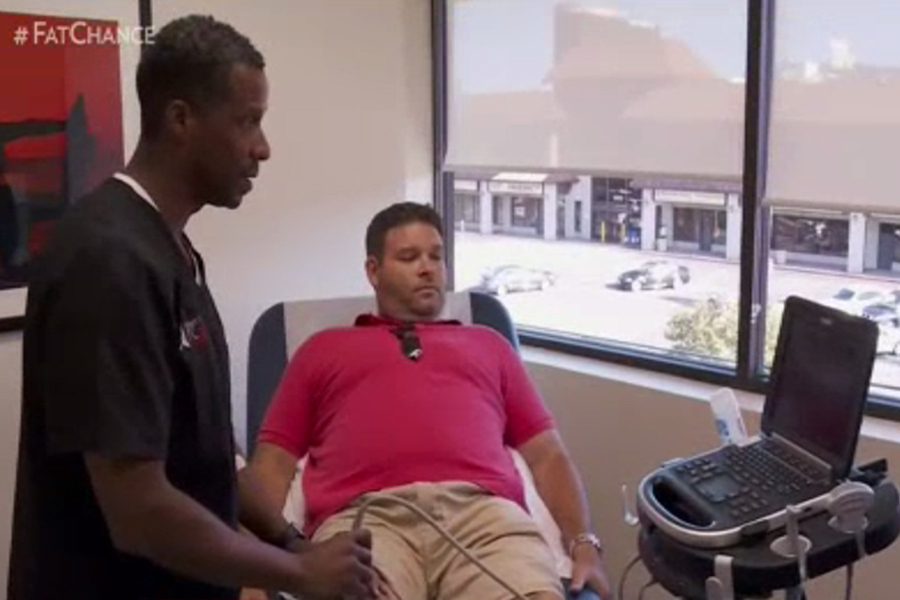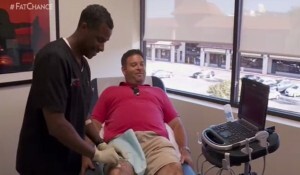Point-of-Care Ultrasound Helps Make Regional Anaesthesia Quicker and Safer, and Improves Patient Comfort
Clinical Services Journal
Dr. Jim Corcoran, Clinical Director Perioperative Care, Salford Royal Hospital
Ultrasound guidance has proven invaluable for the regional neurosurgical center at the Salford Royal Hospital, outside Manchester, England. In addition to helping to improve patient safety, ultrasound is increasingly being used to guide regional anesthesia, offering a variety of benefits. Jim Corcoran, consultant neuroanesthetist and clinical director for perioperative care at the Salford Royal, says that ultrasound guidance also allows anesthetists to reduce the amount of anesthetic required to effectively block a nerve region (10-20 ml versus 30-40 ml using landmark/nerve stimulation techniques). Another benefit is a significant reduction in the length of stay required for patients who undergo shoulder surgery with regional nerve blocks – shoulder decompression used to require at least an overnight stay in the hospital, and is now regarded as an outpatient procedure with minimal in-hospital recovery time needed. Please read Dr. Corcoran's article to learn more.



